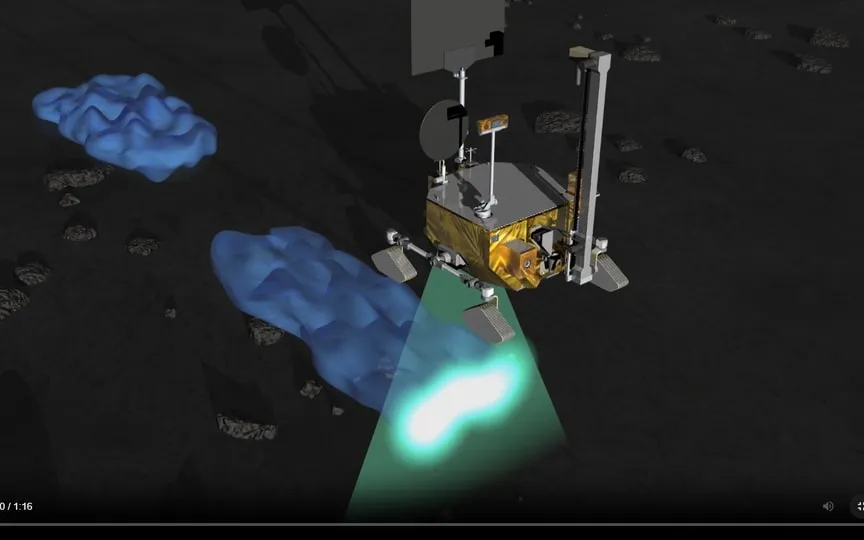ISRO and JAXA Join Forces for Chandrayaan-4 Mission: A Giant Leap for Space Exploration!
India is preparing for its next lunar mission, following the successful Chandrayaan-3 mission. The Indian Space Research Organisation (ISRO) is partnering with the Japanese space agency JAXA for the upcoming moon mission, known as the Lunar Polar Exploration Mission or Chandrayaan-4. To learn more about this India-Japan lunar mission, click here.
LUPEX or Chandrayaan-4 mission
Chandrayaan-4 is currently said to be in design mode. According to JAXA’s official website, the goal of the LUPEX mission is to collect data on the amount and forms of water on the surface of the moon. The Chandrayaan-4 mission will not only detect the presence of water, but also study its quantity, distribution on the lunar surface and subsurface, and its various forms, including its interaction with dry regolith particles. Another goal mentioned by JAXA is to understand how the water on the surface of the moon developed into its current state. This can help ISRO and JAXA scientists to better understand the evolution of the Moon.
Recent data from the Indian Space Research Organization (ISRO) indicates that the Chandrayaan-4 mission could survive 100 days on the lunar surface. This duration is five times longer than the duration of the Chandrayaan-3 mission. According to information gathered from JAXA, LUPEX could receive a payload of more than 350, including the rover. It is noteworthy that the weight of the rover “Pragya” of the Chandrayaan-3 mission was only 26 kg.
To launch this mission, the H3 rocket would be used as a launch vehicle. The research area and observation points on the surface of the Moon are selected in advance. The study area is selected based on unique environmental and geological conditions. The lander of the Chandrayaan-4 mission will land in a place with long sunlight so that the rover can be used there for a long time.
The mission will explore the permanently shadowed regions of the moon’s south pole, which are believed to contain ice and minerals.
ISRO-JAXA collaboration on space missions can provide several opportunities for scientists to experiment with different technologies and share ideas. This can improve the chances of success of the Chandrayaan-4 mission.




